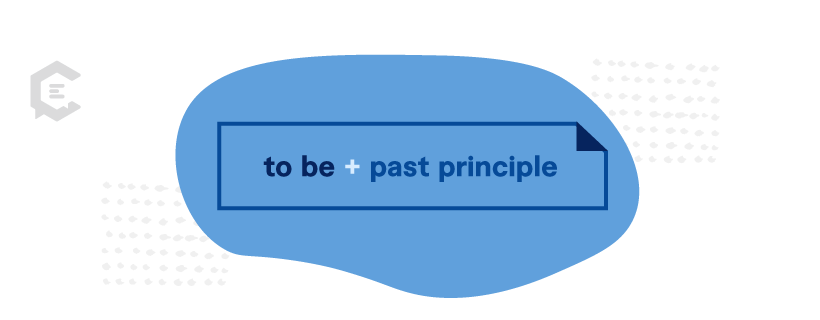Chances are you got very cozy with grammar during your high school world language class.
Your teacher probably tried drilling the imperfect tense, subject pronouns, subjunctive mood, and more into your brain as you struggled to understand not only the grammar but use it in a different language.
Today, we’re going over passive and active voice. Using passive and active voice appropriately makes you a better writer, which will improve your business communications and give your writing some pizazz.
Let’s get into how passive and active voice differs and when you should use which.

Passive voice
The voice of a sentence describes whether the sentence’s subject is performing or receiving the verb’s action. If the subject is performing the action, the sentence is in the active voice. If the subject is receiving the action, the sentence is in passive voice.
Here’s an example of this with the subject underlined:
Subject performing the action (active voice): The dog chased me.
Subject receiving the action (passive voice): I was chased by the dog.
It’s the dog that’s doing the chasing, so our canine is the subject of the sentence. You can find the subject by asking who or what did the action.
What chased me? The dog.
How to form passive voice
You form passive voice with a conjugated form of the verb “to be” plus a past participle. It’s sometimes followed by the preposition “by” to clarify who or what did the action. This sounds more complicated than it actually is. Let’s look at some examples to break down these elements.
Passive voice examples:
- All the Halloween candy was eaten by my sister. (To be + past participle + preposition)
- Mistakes were made during the presentation. (To be + past participle)
- The house was damaged by the storm. (To be + past participle + preposition)
Note that the past participle isn’t an entire verb tense, such as the past tense, because you can’t use it on its own. Instead, it’s simply a specific form of the verb.

Active voice
Sentences in the active voice tend to be simpler, clearer, and more direct. In this voice, the subject carries out the action. The sentence structure is usually subject + verb + object. Let’s look at some straightforward active voice examples to see how this plays out.
Active voice examples:
- Girls throw the ball.
- You drink the water.
- The teacher sent an email.
In each case, the subject directly does the action. In our examples, the subjects girls, you, and the teacher are doing the action described by the verbs throw, drink, and sent.
Passive vs. active voice: Which do you use?
The active voice has a stronger tone and is often less wordy and simpler to follow than passive voice. It’s often the preferred voice to write in because passive voice is more indirect and can make your writing sound weaker.
But there are a few instances, like the ones below, where you might want to consider using passive voice.
- When you don’t want to call out a person or sound accusatory. Example: Errors were made on the report. [We don’t want to name names.]
- When you don’t know who or what the subject is, or it’s not important to specify. Example: Skyscrapers were built to accommodate the city’s growing population. [It doesn’t matter who built the skyscrapers.]
- When you want to keep the emphasis on the object of the sentence because it’s your main topic. Example: Retin-A was initially used to treat acne, but is now also one of the top medications prescribed for anti-aging. [We want to keep the focus on Retin-A.]
In general, you should only use passive voice when you can’t avoid it. Use it sparingly and intentionally, so it doesn’t dilute your writing.
Tips on changing passive voice sentences into the active voice
If you want to convert a passive voice sentence into the active voice, move the subject to the beginning of the sentence so that the subject is doing the action.
Here are our passive voice examples rewritten in the active voice:
Passive voice: All the Halloween candy was eaten by my sister.
Finding the subject: Who ate all the Halloween candy? My sister.
Active voice: My sister ate all the Halloween candy.
Passive voice: Mistakes were made during the presentation.
Finding the subject: Who made mistakes during the presentation? The team.
Active voice: The team made mistakes during the presentation.
Passive voice: The house was damaged by the storm.
Finding the subject: What damaged the house? The storm.
Active voice: The storm damaged the house.
Whether you’re writing customer emails, responding to customer service inquiries, creating blog posts, or anything else, having a grasp of basic grammar is important.
Now that you know the difference between passive and active voice, your communications will be stronger, more actionable, and easier to read.
Get grammatically correct, high-quality content for your brand every time when you work with ClearVoice. Talk to a content specialist about creating a content strategy, blog posts, social media copywriting, and much more for your business today.



